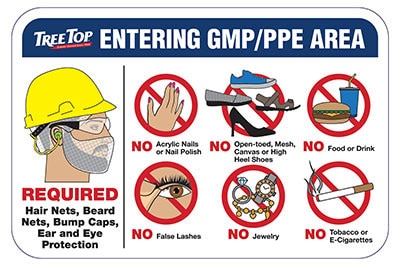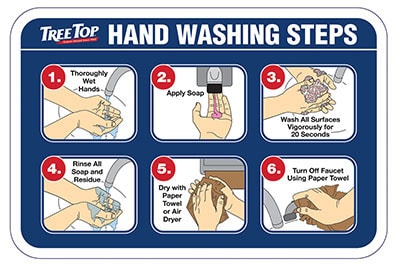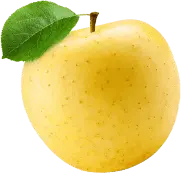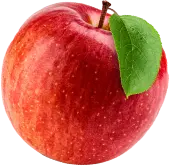Food Safety – A Matter of Culture: Part 1
How to successfully create a ‘food safety culture’
During the past two years, the FDA has been cultivating a new initiative in the food manufacturing industry focused on establishing a ‘food safety culture.’ To further strengthen this initiative, the Global Food Safety Initiative (GSFI) certifying bodies, such as the Safe Quality Food Institute (SQFI) have implemented ‘food safety culture’ in their code of requirements.
You may be asking – why? Why with all the food safety rules, regulations and procedures already in place are we talking about food safety culture? It comes down to this. In reality, no facility can afford not to develop a healthy food safety culture. A strong culture of food safety helps a facility to prevent and catch deviations in their processes that impact the safety, quality, and legality of their products. This, in turn, has a major impact on the likelihood and severity of a recall impacting a site. And let’s face it, food safety is integral to your brand and the livelihood of your company.

Cultivating a Culture
All the food safety systems in the world can be instituted to address specific food safety issues, but unless the culture of an organization addresses how its people view their contribution to the safety of the food being processed, risk remains high. Changing behaviors is key to creating a food safety culture. There are many hard systems in place to create safe foods, but if people aren’t committed to following the procedures, all the systems will ultimately fail. Behaviors, such as hand washing at appropriate times, reporting food safety issues, and following GMP guidelines are dependent upon the actions of employees.
Inviting a culture that expects and rewards food safe behaviors is how to continuously improve the quality and safety of foods being manufactured.

The textbook definition of culture is the patterns of learned and shared behavior and beliefs of a particular social group. In this case, we’re talking about the patterns of behavior of people in a food manufacturing organization. To have a food safety culture in a manufacturing environment, all behaviors and beliefs throughout an organization must revolve around the value of making safe foods.
To truly have a culture of food safety, each employee from the CEO to the line worker must have the integrity to do the right thing – follow the proper procedure – even when no one is looking. Everyone must know what’s necessary to create safe foods, and they must do those things every time they are in a situation where food safety risks are present.
Top Down
Culture in any organization is created from the top down. In this instance it means top leadership has the largest role in creating a food safety culture. Therefore, the commitment to food safety must begin at the top of an organization since the standards for manufacturing safe and quality foods are created by upper management and cascade from there, ultimately, to the line workers in a manufacturing facility.
To facilitate a food safety culture from the top in an organization:
- All employees must understand that the safety of the food is the No. 1 priority of their leaders
- Everyone must believe that all concerns about risks to food safety will be evaluated and taken with the utmost seriousness.
This builds the trust employees need to have to know their contributions are highly valued and really do affect the safety of the products.
Although a culture of food safety comes from the top, you also want people in your facility to understand not just what they are doing and how to do it, but why. Why do they need to follow assigned procedures and protocols? Why should they report any concerns to supervisors? Most importantly, why does their job matter? Everyone must embrace and understand the importance of food safety.
For instance, it is possible that the people in your facility think their work is tedious or insignificant. How can you help every member of the staff understand their role in manufacturing safe food? How can you help them to see that their work helps keep people alive and out of the hospital?
Changing a company culture is never easy. It takes time, knowledge, and commitment.
Walk the Walk
Top leaders must “walk the walk” to inspire trust in a food safety culture. For example, if the policy is to wash hands before entering a production area, and those leaders don’t follow the procedure, thinking they’re exempt, this will lead employees to think handwashing isn’t really necessary or that it’s optional.

It is also important for management to provide the tools to have a culture of food safety. Continuing with the handwashing example above, providing well-supplied wash areas to facilitate good hand washing. It says a lot to an employee if the boss says, “wash your hands,” but then there is no soap available.
Leaders need to demonstrate a commitment to an organization’s food safety culture as well as talking about it. Ensuring employees have the resources to manufacture safe foods shows them it is a value shared by their leaders.
Here at Tree Top we were easily able to incorporate the Food Safety Culture requirements in the updated version of the SQF code that became active in May of 2021. This is due to our leadership’s continued commitment to food safety and quality.
Next month I will discuss the solid ways in which a food safety culture can be created and incorporated into food manufacturing facilities and how to measure the success and compliance.
If you are interested in sourcing safe, high quality fruit ingredients, look no further, we provide more fruit in more forms, creating more possibilities to meet your formulation needs. Learn more about our fruit ingredient offerings.


